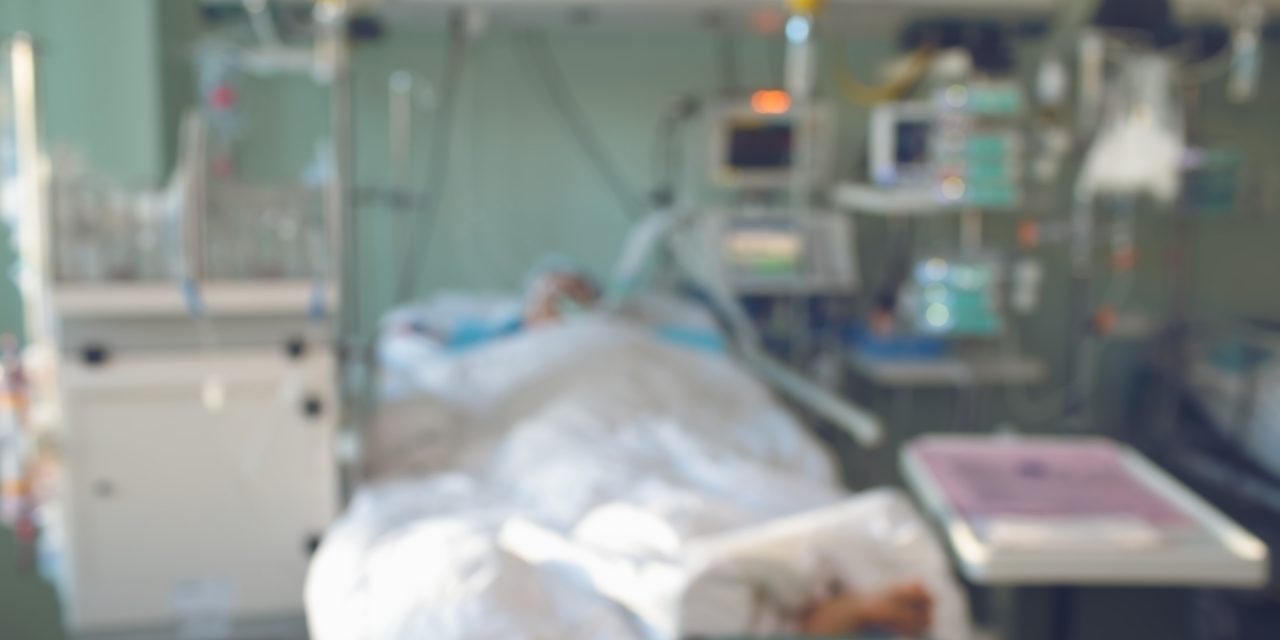Heart transplantation (HTx) of brain-dead donors in China has not been reported, not to mention analysis of donors with different brain death mechanisms. The present study aimed to compare clinical outcomes between HTx of traumatically brain-injured (TBI) and non-TBI donors, as well as to establish a risk-prediction model of mortality.
All patients undergoing HTx at our institute between January 1st, 2015 and December 31st, 2018 were dichotomized according to cause of donor death, and outcomes between the two groups were compared based on propensity score matching (PSM). The primary endpoint was all-cause mortality. Secondary endpoints included cardiac allograft vasculopathy and other postoperative complications.
342 eligible HTx recipients were included. TBI grafts accounted for 62.87% (215/342). 121 pairs of candidates were generated from PSM. Actuarial and risk-adjusted survival were similar between TBI and non-TBI groups. Risk factors associated with all-cause mortality included recipient age>60y (HR = 2.781, p = .002), history of cardiac surgery (HR = 2.186, p = .032), chronic kidney disease (HR = 2.948, p = .033) and smoking (HR = 0.465, p = .041), as well as donor age>45y (HR = 2.701, p = .003) and BMI>25 kg/m (HR = 2.025, p = .045). The risk-prediction model was established successfully based on specific preoperative variables and high-risk group with a score>10 had nearly fourfold increase in mortality (HR = 3.726, p<0.001) compared to the low-risk group.
In this largest single-center cohort from China, we found similar survival and rates of complications between HTx recipients with TBI and non-TBI donors. The risk-prediction model may help to identify high-risked recipients and donors and optimize organ-sharing.
Copyright © 2020. Published by Elsevier B.V.
Predictors and outcomes of heart transplantation utilizing donors with different brain death mode: A propensity-score matching study from China.


